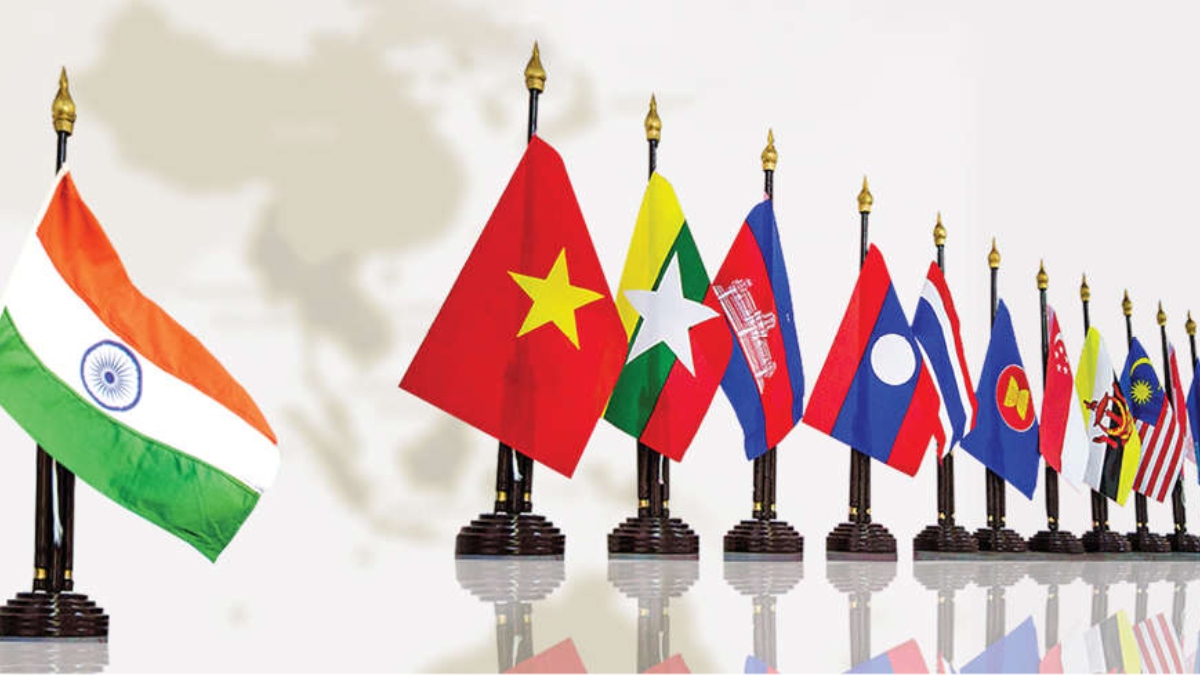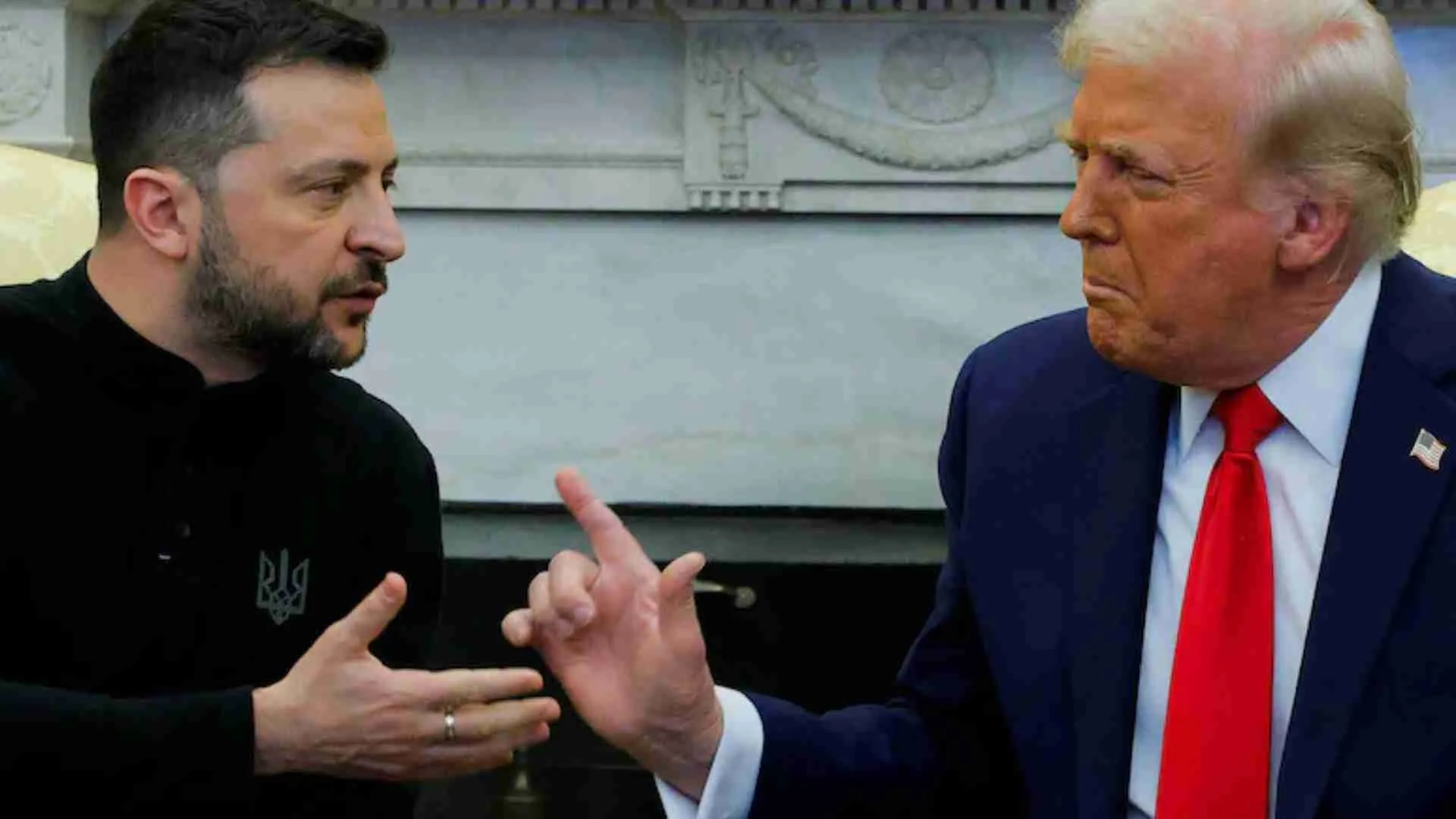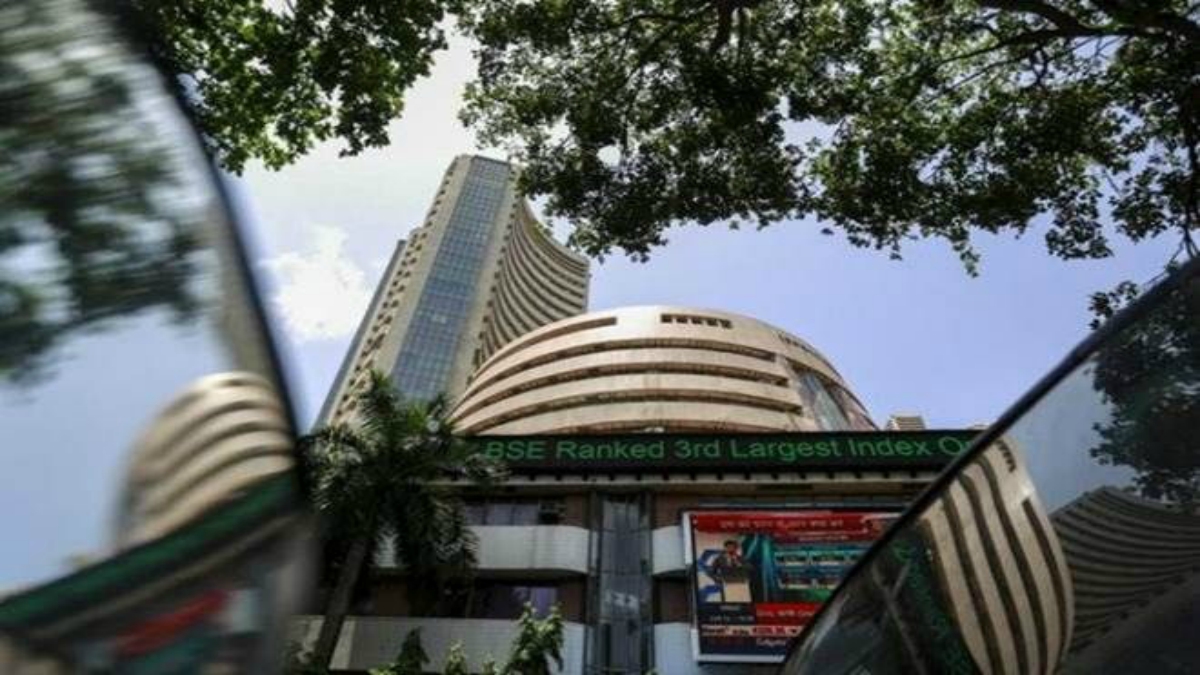The decision to not participate in Regional Comprehensive Economic Partnership (RCEP) has sparked another debate about India’s strategy for global trade.
What is RCEP?
It is a trade agreement between Asian countries first proposed at an ASEAN meet in 2011. This has been backed by China in response to another regional trade agreement, Transpacific Partnership (TPP), which was led by the US and had excluded China. However, even though the US withdrew from TPP, it launched a unilateral trade war with China. RCEP is being strengthened by China to create a coalition of trade partners to counter US and EU influence in the global economy. The 15 countries that have signed the treaty include the 10 ASEAN countries plus South Korea, Australia, Japan, China and New Zealand
Why did India not sign it?
India has been sceptical of regional trade agreements, especially those involving China. The manufacturing-led export success of China ended up destroying the capacities in many countries worldwide. Even in India several sectors, especially in engineered products like electrical goods and toys, almost capsized under the onslaught of cheap Chinese imports. India feels that without boosting its own manufacturing capabilities, joining the RCEP will further harm the capabilities of domestic producers. India wanted provisions like auto-trigger hike in tariffs if a particular product’s import crossed a threshold. Like in many strong economies, China’s market is tough to penetrate for countries such as India. In today’s world, India is the world largest open market democracy. Most global companies want easy access to India’s 1.3 billion consumers. They prefer to trade and sell to India also because it is difficult to manufacture and set up businesses here.
What’s Congress stand?
The Congress-led UPA government has been engaged with the negotiations with RCEP. It was open to the idea but was also cautious in its approach. It felt that the rules of RCEP that went against India would be better managed as a member of the trade group. By leaving RCEP, India would lose a lucrative market created by the group. The Congress did not believe that free trade agreements and joining RCEP would de-industrialise India. The party did recognise the downside of the treaty and had advised the NDA government last year against signing for it. Today, however, its leaders remain ambivalent and have expressed divergent views on the decision to stay out of RCEP. While P. Chidambaram and Anand Sharma continue to support participation in RCEP, A.K. Antony and Jairam Ramesh say India did well by staying out of it. All of them were cabinet ministers in UPA governments.
Does China gain by India’s absence?
China would have liked India to be part of RCEP. Its fears of the impact of India’s exclusion are coming true now as India is imposing trade and non-trade barriers against cheap Chinese imports. Unlike China’s red carpet for investors, India still remains a difficult place to do business. While much has improved in recent years, state level regulations and licence raj deter many investors. The recent effort of Aatmanirbhar Bharat is an attempt to improve India’s own manufacturing competitiveness. If India succeeds on this front, it will be a problem for China. Many electronics companies including Apple have shifted some of their manufacturing from China to India. If this trend continues and India becomes more competitive, China would have to live with a new global rival.
The write is the author of the book, ‘India Automated’.





















